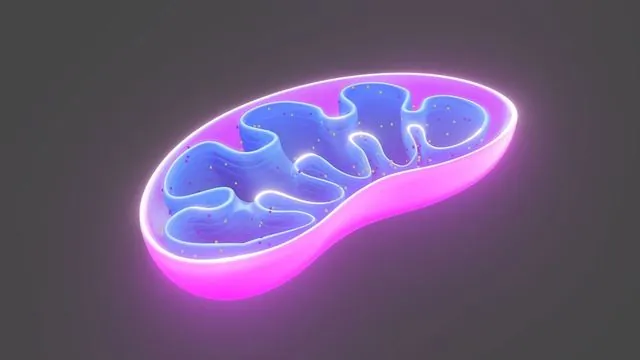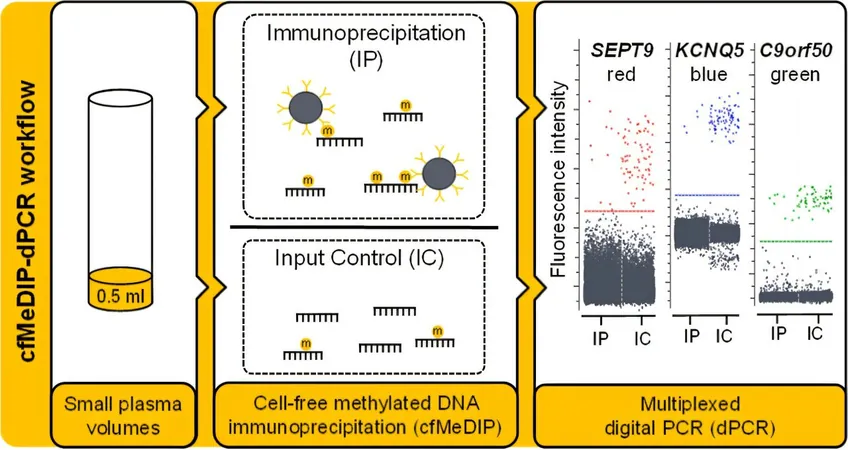
Mars Rover Makes History by Spotting Auroras on the Red Planet
2025-05-15
Author: Daniel
NASA's Perseverance rover has just accomplished a monumental feat in space exploration.
In March, this car-sized marvel became the first spacecraft to witness stunning auroras from the surface of another planet—Mars!
Elise Knutsen, a postdoctoral researcher at the University of Oslo and the lead author of a groundbreaking study, remarked, "This exciting discovery opens up new possibilities for auroral research and confirms that future astronauts could actually see these light shows on Mars' surface."
Auroras occur when charged particles from the Sun collide with atmospheric molecules. On Earth, our magnetic field guides these particles to the poles, creating those beautiful displays we associate with high latitudes—except during powerful solar events known as coronal mass ejections (CMEs).
Unlike Earth, Mars no longer possesses a global magnetic field, which disappeared long ago, leaving its once-hydrated landscape dry. As a result, auroras on the Red Planet present a different spectacle. A significant CME can light up the entire Martian sky!
While auroras have been spotted from Martian orbit before, this marks the first time a surface rover has captured such a phenomenon. Knutsen and her research team meticulously calculated the ideal angles for Perseverance’s MastCam-Z camera and SuperCam spectrometer to observe the Martian sky.
Collaborating with experts from NASA's Goddard Space Flight Center, they identified an impending CME that could potentially create a visible aurora. On March 15, the Goddard team reported a significant solar outburst, catching the attention of space physicist Christina Lee from UC Berkeley.
Lee then alerted other Mars mission teams, including Knutsen’s, stating, "When we saw the strength of this one, we estimated it could trigger an aurora bright enough for our instruments to detect." And it did!
Shortly after the CME impacted Mars’ thin atmosphere, a vibrant green aurora appeared, illuminating the skies in a uniform glow—a phenomenon caused by oxygen atoms emitting light, just like on Earth.
Simultaneously, NASA’s MAVEN Mars orbiter and the European Mars Express detected solar energetic particles, confirming that Perseverance indeed observed a Martian aurora.
Shannon Curry, principal investigator for MAVEN, celebrated the teamwork involved: "This was a fantastic example of cross-mission coordination. We're thrilled to have caught a glimpse of what astronauts might see there in the future!"
Described in a study published in Science Advances, Perseverance’s incredible aurora observations hold more significance than mere awe. They provide key insights into space weather effects that could impact future missions beyond Earth’s protective magnetic bubble.
Katie Stack Morgan, acting project scientist for Perseverance, emphasized, "A better understanding of these phenomena is crucial as we prepare to send human explorers to Mars safely."



 Brasil (PT)
Brasil (PT)
 Canada (EN)
Canada (EN)
 Chile (ES)
Chile (ES)
 Česko (CS)
Česko (CS)
 대한민국 (KO)
대한민국 (KO)
 España (ES)
España (ES)
 France (FR)
France (FR)
 Hong Kong (EN)
Hong Kong (EN)
 Italia (IT)
Italia (IT)
 日本 (JA)
日本 (JA)
 Magyarország (HU)
Magyarország (HU)
 Norge (NO)
Norge (NO)
 Polska (PL)
Polska (PL)
 Schweiz (DE)
Schweiz (DE)
 Singapore (EN)
Singapore (EN)
 Sverige (SV)
Sverige (SV)
 Suomi (FI)
Suomi (FI)
 Türkiye (TR)
Türkiye (TR)
 الإمارات العربية المتحدة (AR)
الإمارات العربية المتحدة (AR)